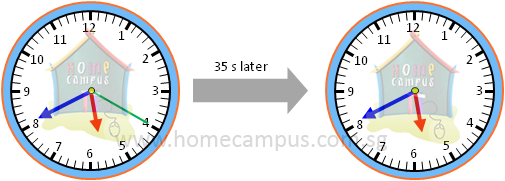

Instead of the traditional hours and minutes, the Swatch Internet Time uses. Internet time is a decimal time concept, introduced in 1998 by the Swiss company Swatch. The time it shows is agreed upon worldwide (known as Coordinated Universal Time, UTC) so this is how you know that it is, in fact, the "right time". The Radio-Controlled Clock, on the other hand, is precisely the latter, as it adjusts itself based on the radio signal it receives over and over again by the broadcaster. Therefore, the watch you have in your pocket is a time-counting rather than a time-keeping device. To this date there is no more accurate time-keeping device than the atomic clock so if you want to know the time difference between two events with great precision, using such a clock to time the events would be preferred.Ī watch or a clock does not tell you the time because it does not know it it can only show you approximately how much time has passed since you last told it what time it is. You might have heard that at a certain time some radios tell you the exact time, and this is where they get it from. Radio-controlled clocks, on the other hand, get their time from the super-accurate atomic clocks. The most expensive clocks in the world continue to be analog. In general, neither digital nor analog clocks are better as it always depends on the quality. The digital clock makes it easier and quicker for most people to read the time because you simply need to look at the numbers shown rather than try and figure out where the hands of the clock are. This is as opposed to an analog clock which would show the passing time through moving hands. Understanding different methods of time keeping can help understand how time difference is calculated and can make it easier to use our date and calculator.Ī digital clock or watch typically displays the time in digits (through the use of the numbers 0-9).

Digital, analog, atomic, and Internet time Time difference calculations are common when working with historical events (number of years, months, days between events of interest), in sports (tracking progress over time), transportation, accounting, project management, and everywhere where time management is critical.
#TIME DURATIONS FULL#
Then your countdown should start with having 5,321 full hours in order to have the desired time duration. Say, your event will start on at 11:00 and today is Jul 13, 2018, 18:00 (or 6 pm). Yet another example of how this tool can be useful for you is if you want to start a countdown for an event. Running the precise start and end time through the time difference calculator will help you plan your next trip to the store or to a business meeting downtown. Below, the duration calculator will display precisely what the difference is.Īnother everyday situation is in transportation, where you need to know how long it will take you to get from point A to point B on a bus, train, or in your car. All you need to do is enter their birth day in the upper field and enter yours in the lower field, or the other way around. Say you have a friend who is about 1.5 year older than you, but you wish to know exactly how many months, weeks, and days older he is. We often need to deel with ages, where time differences are of interest.
Similarly, if the duration is 3 hours and 59 minutes, the tool will show 3 full hours and 239 full minutes. Keep in mind that the calculator always shows the time difference in full years, months, weeks, days, hours, minutes, or seconds between the two points in time, meaning that if there are 120 and a half days the result will show 120 full days.

The tool will display the answer in multiple different time units at once, so you can use the one suitable for your needs. Simply enter the starting date, starting time, end date and time, and press "Calculate". The date and time duration calculator shows you how much time there is within a chosen period. Digital, analog, atomic, and Internet time.


 0 kommentar(er)
0 kommentar(er)
